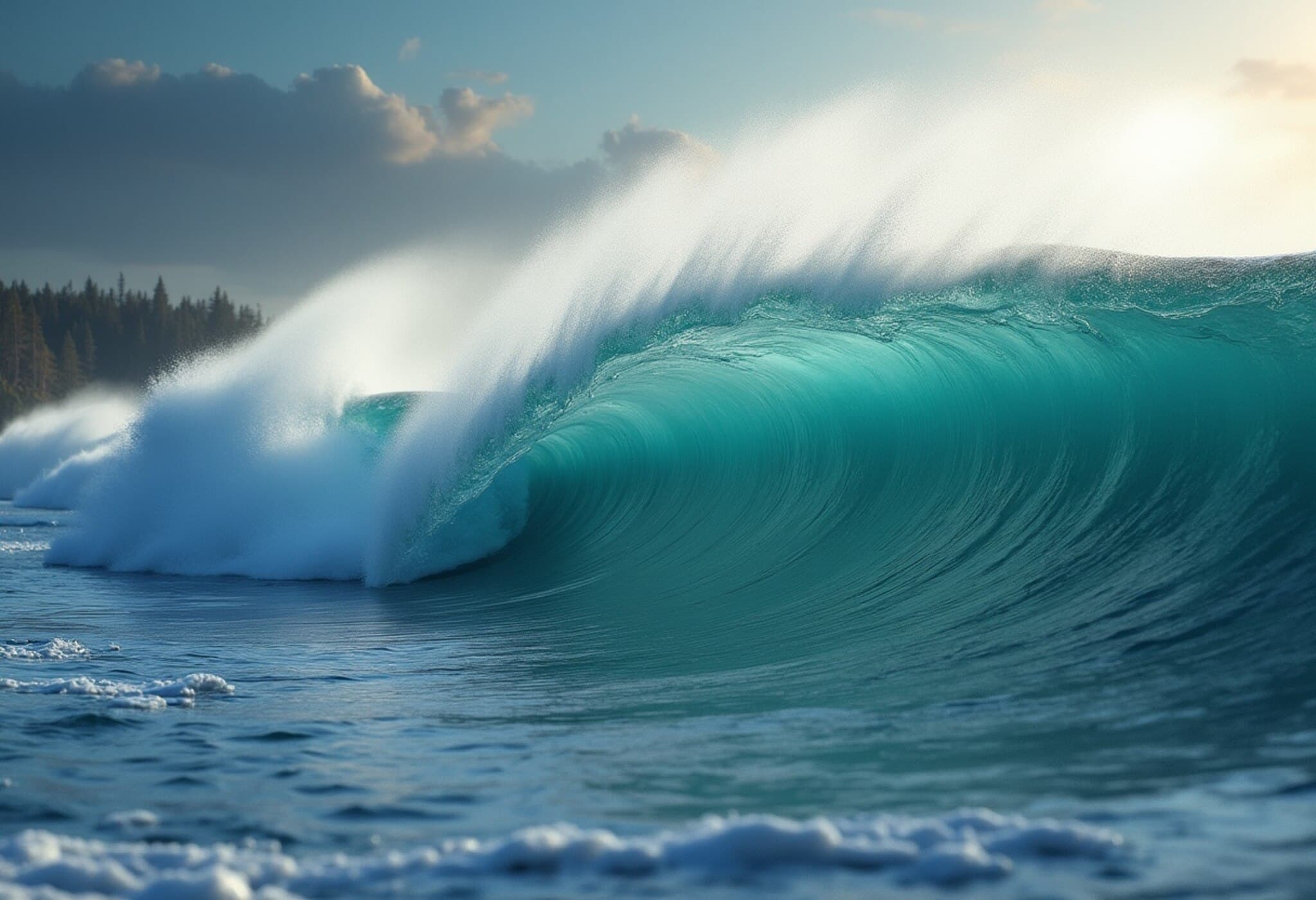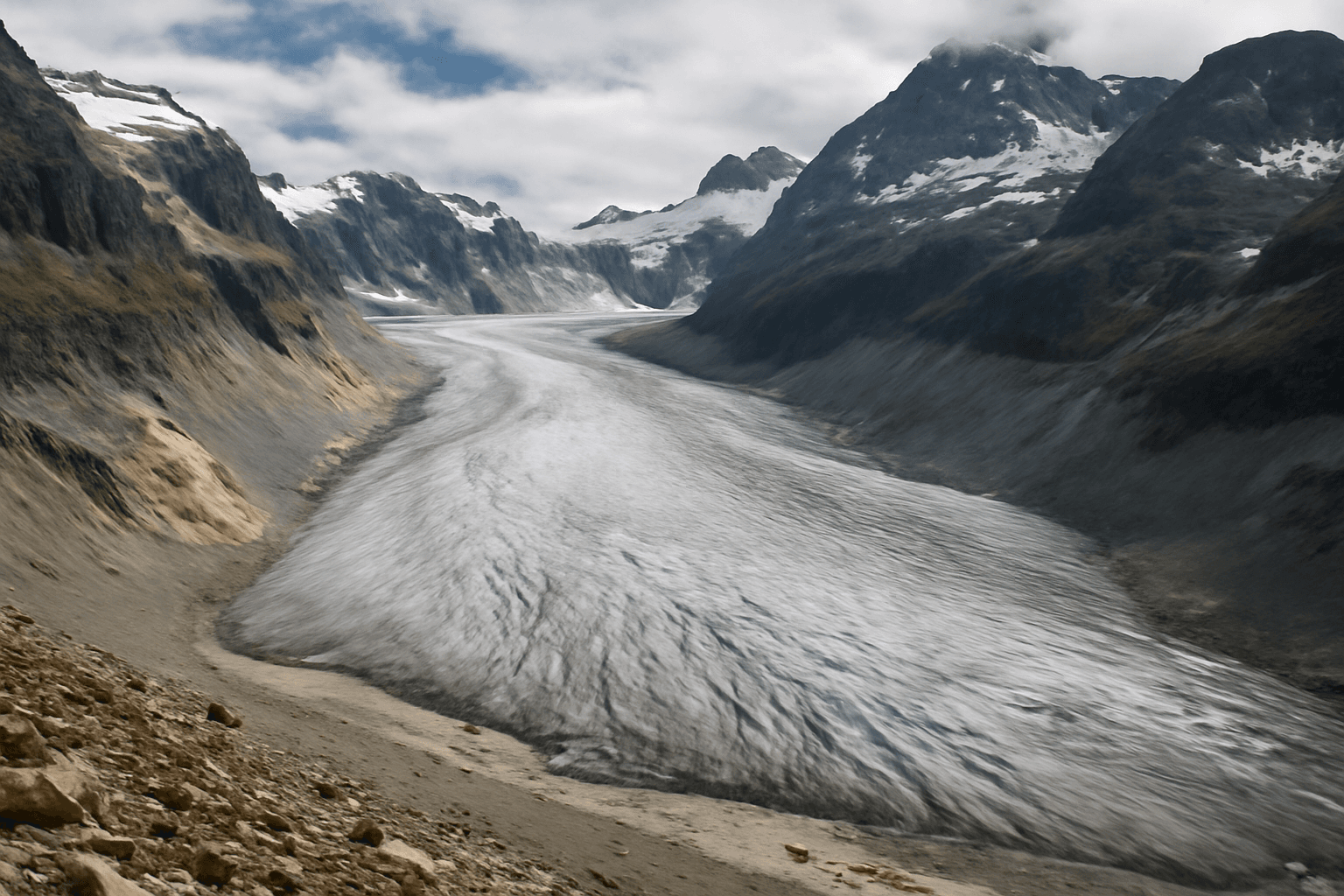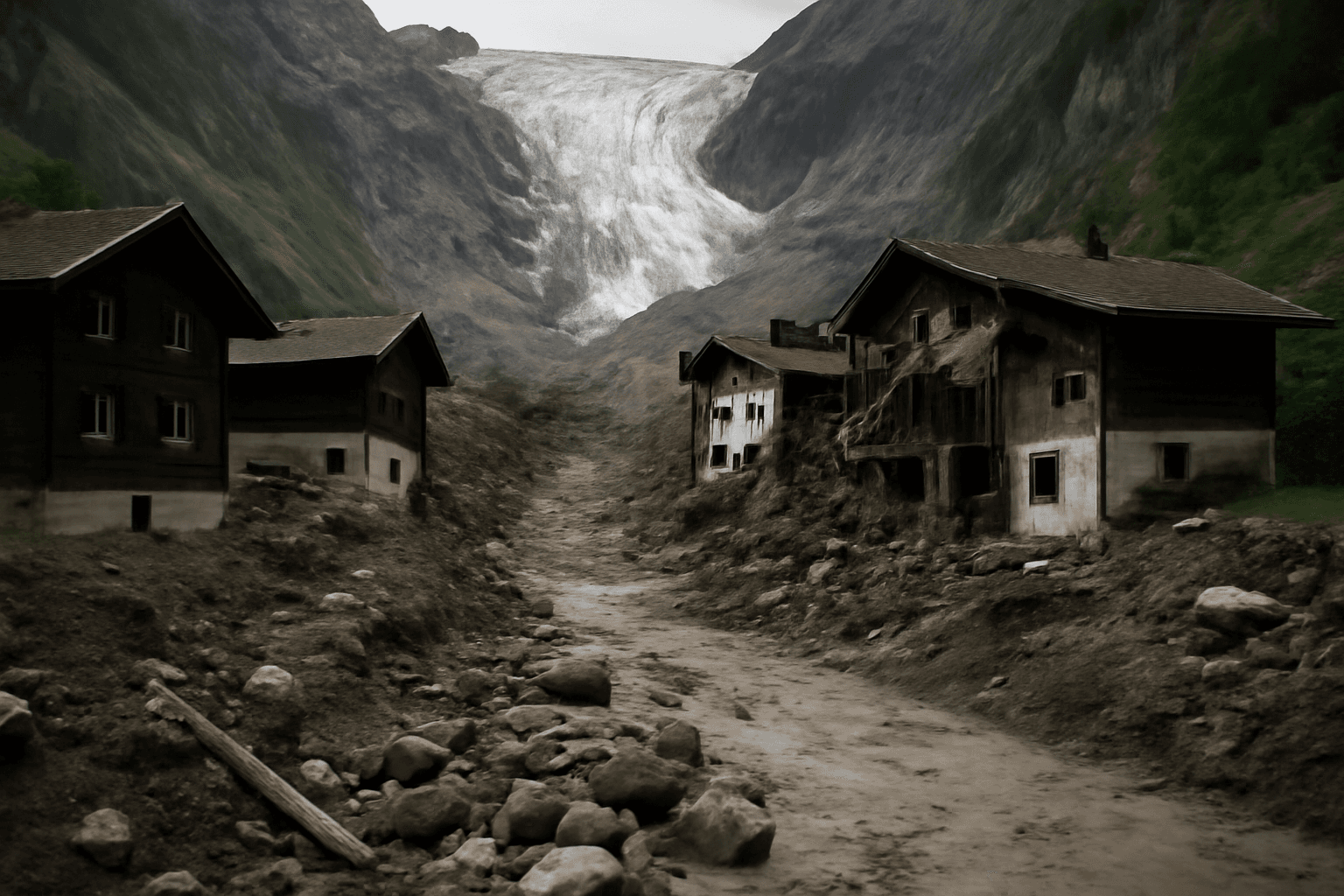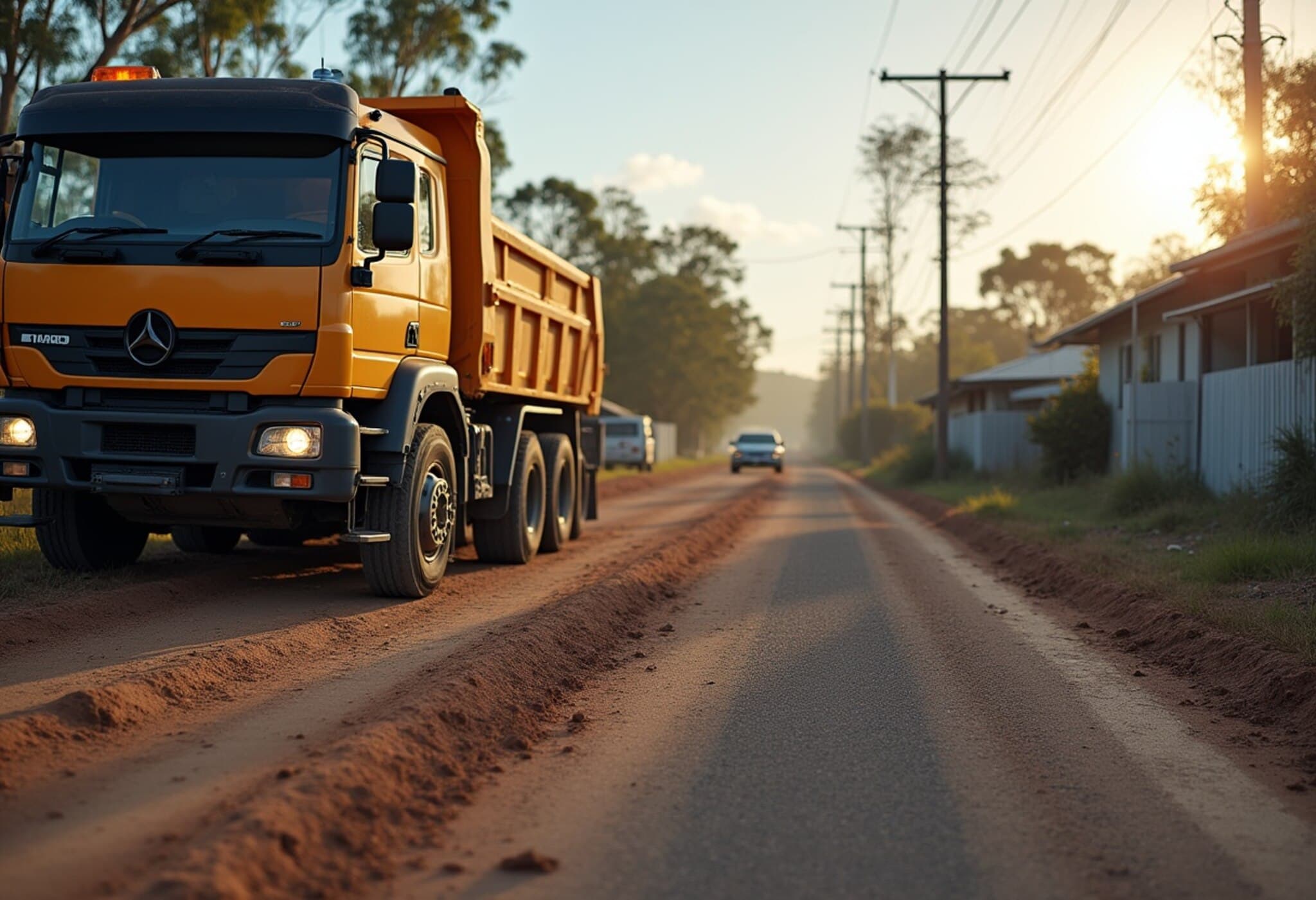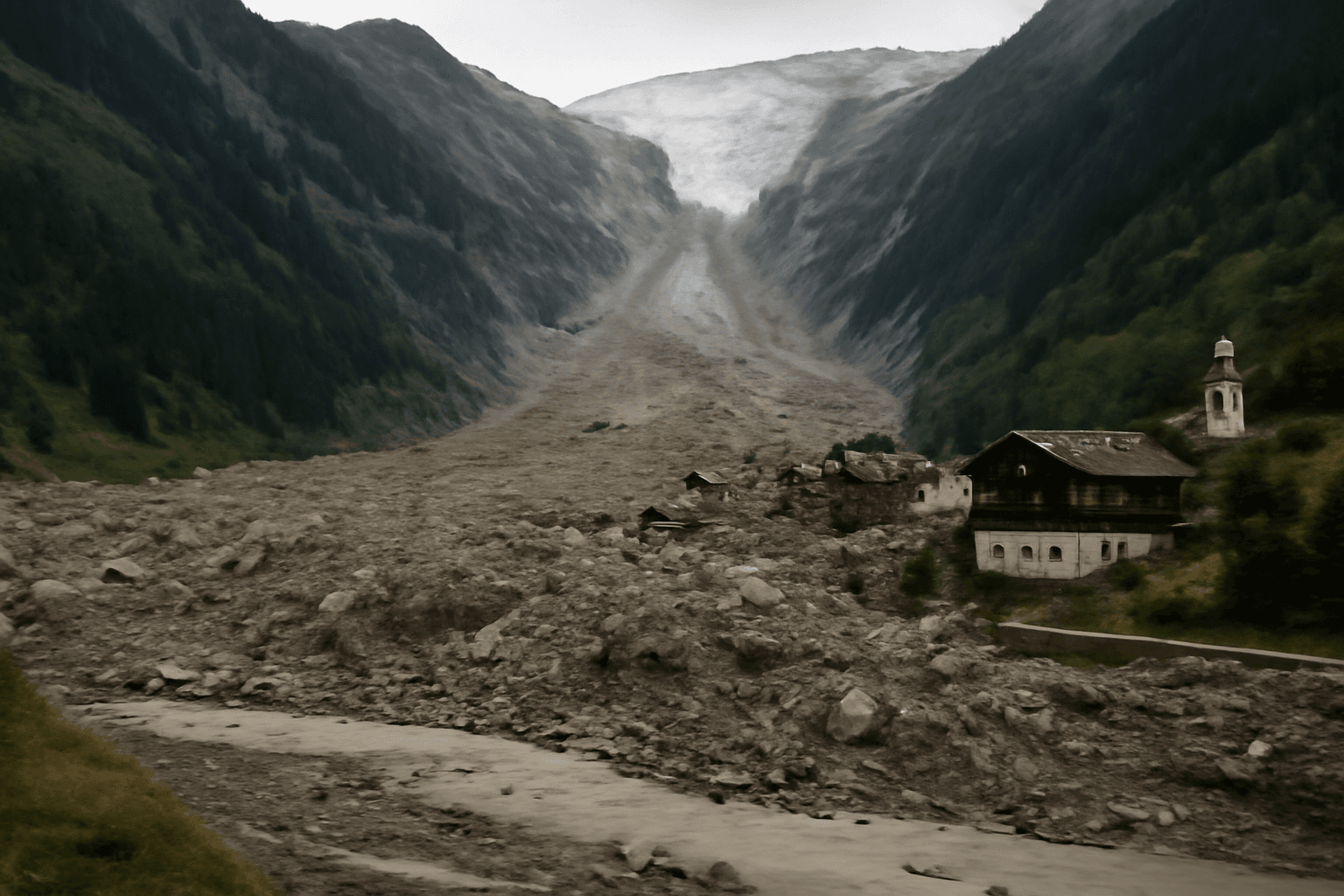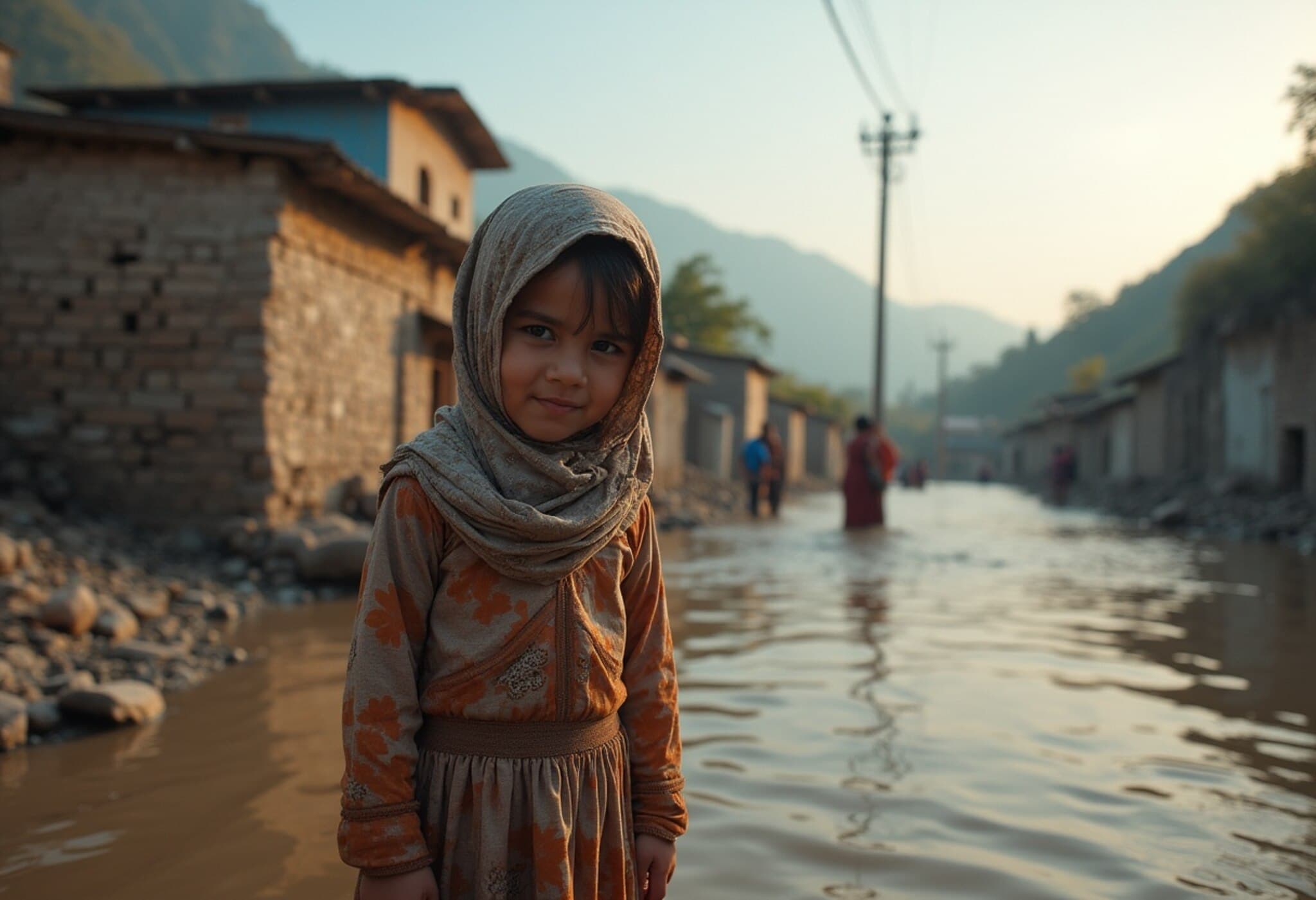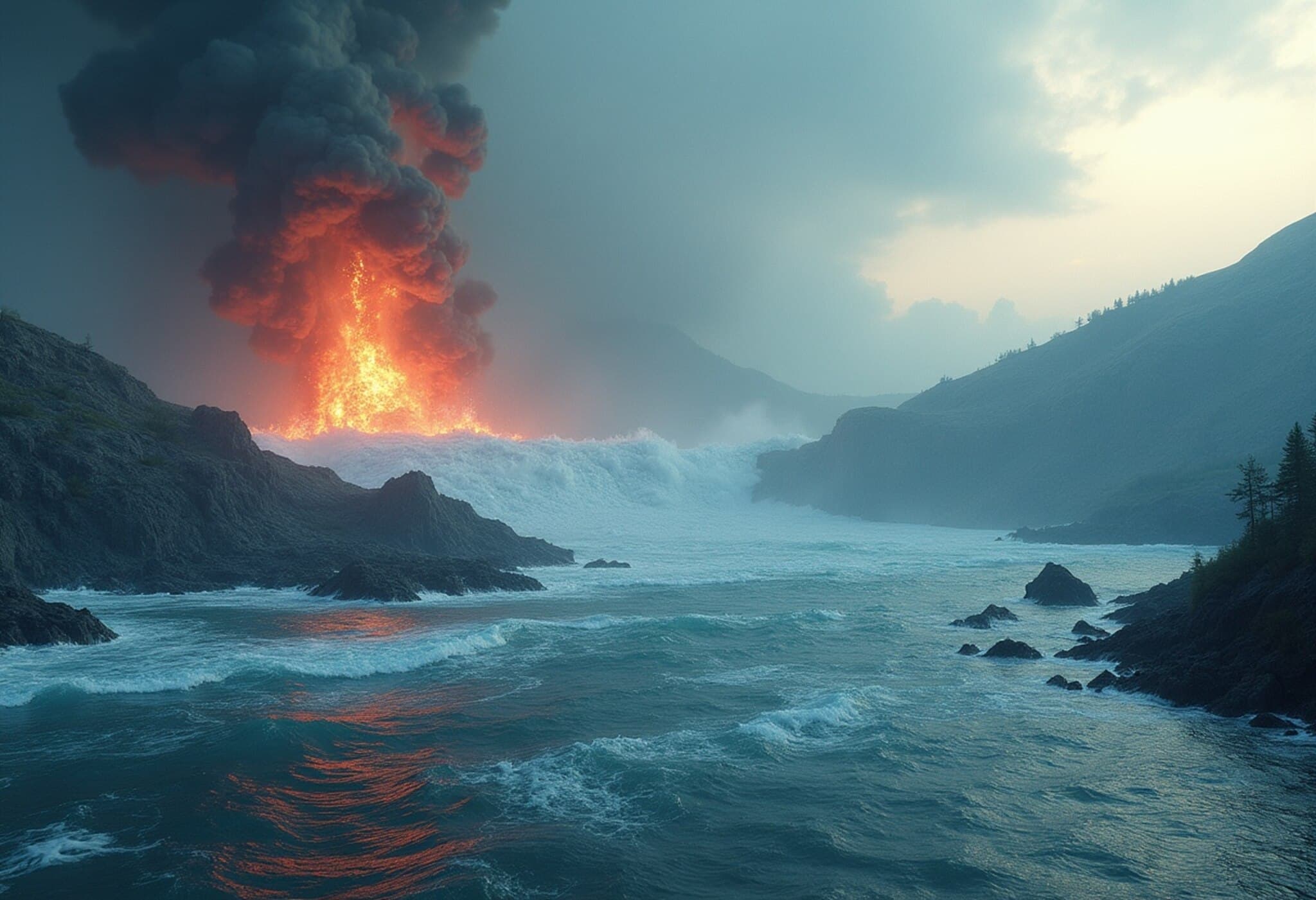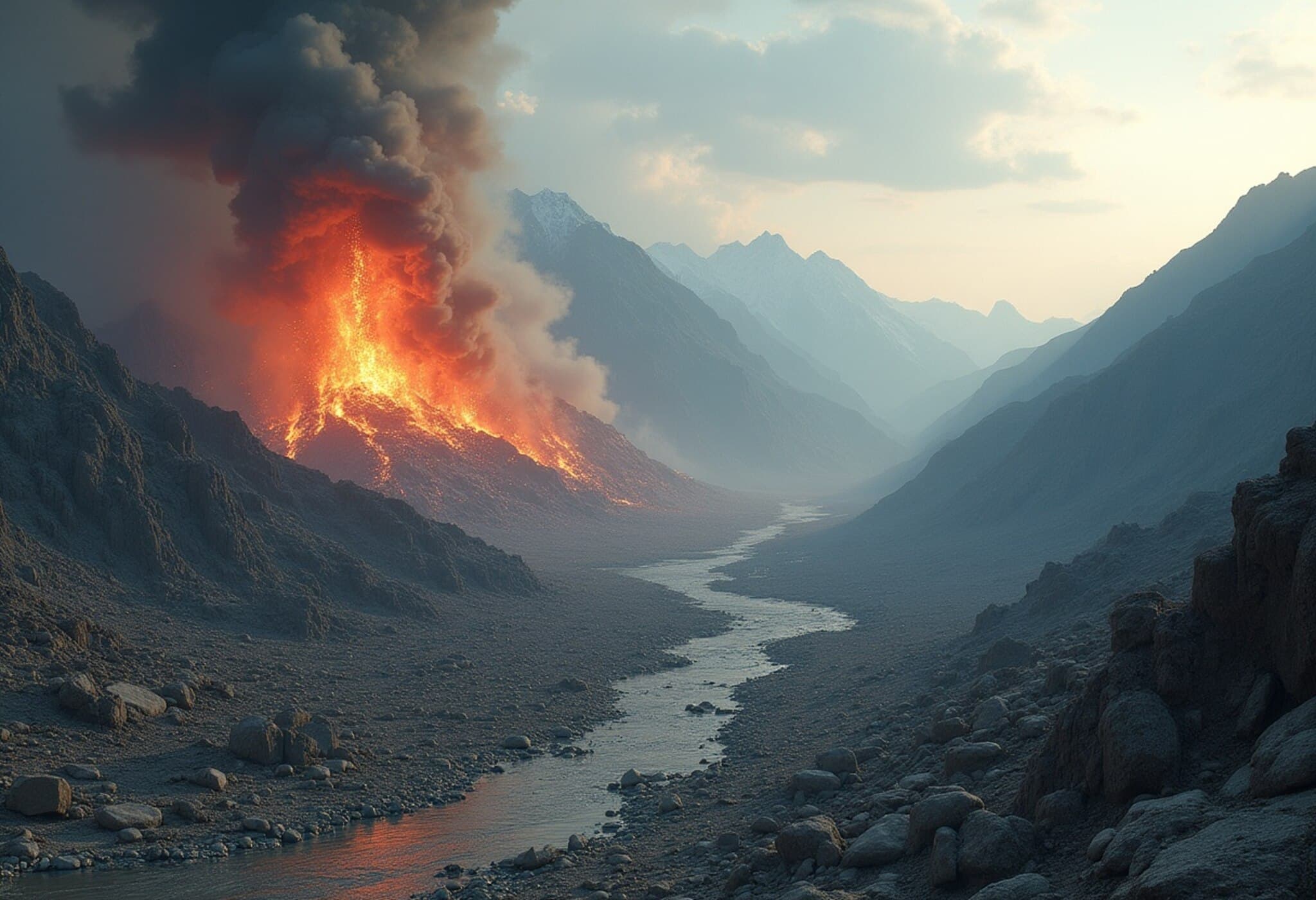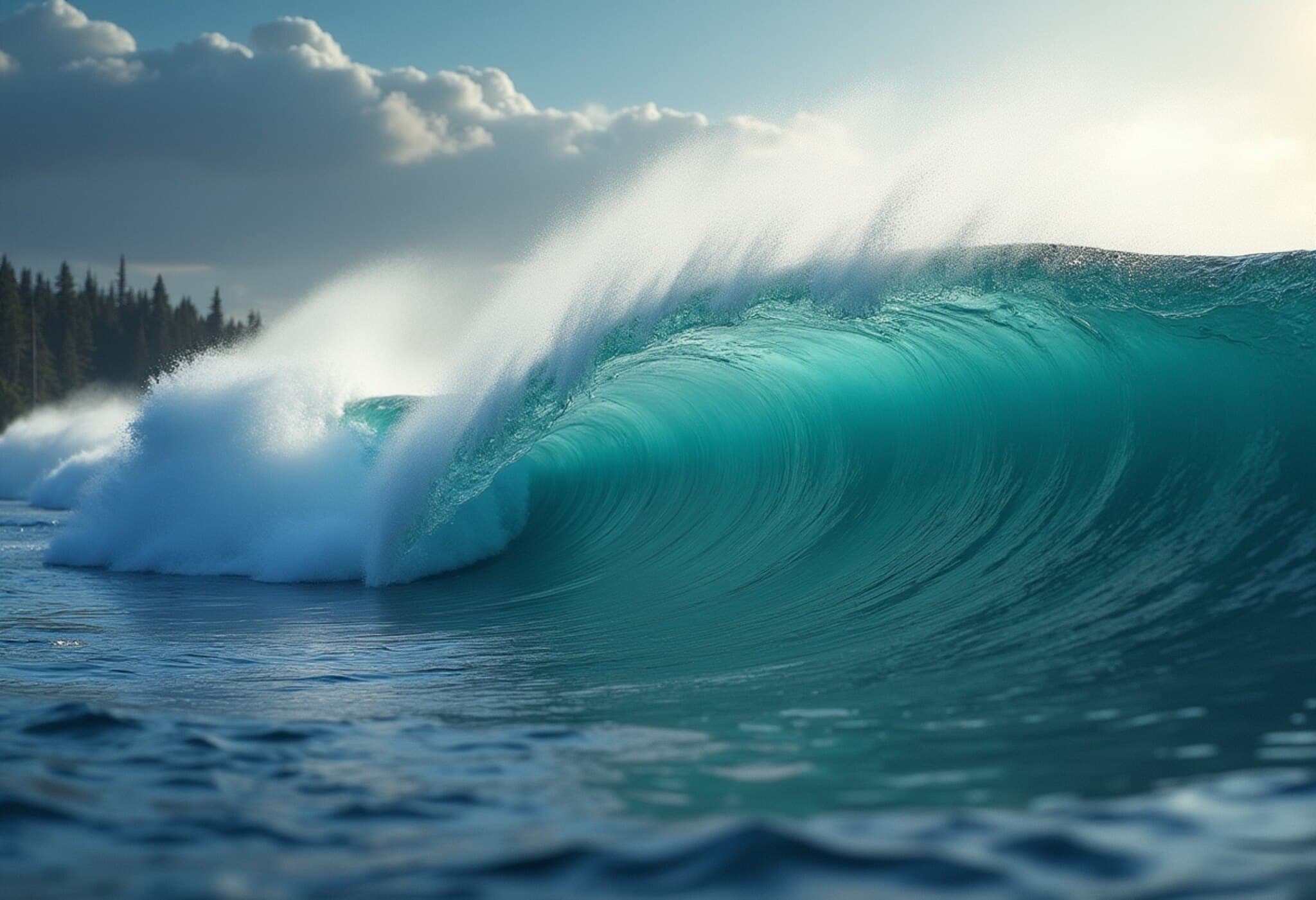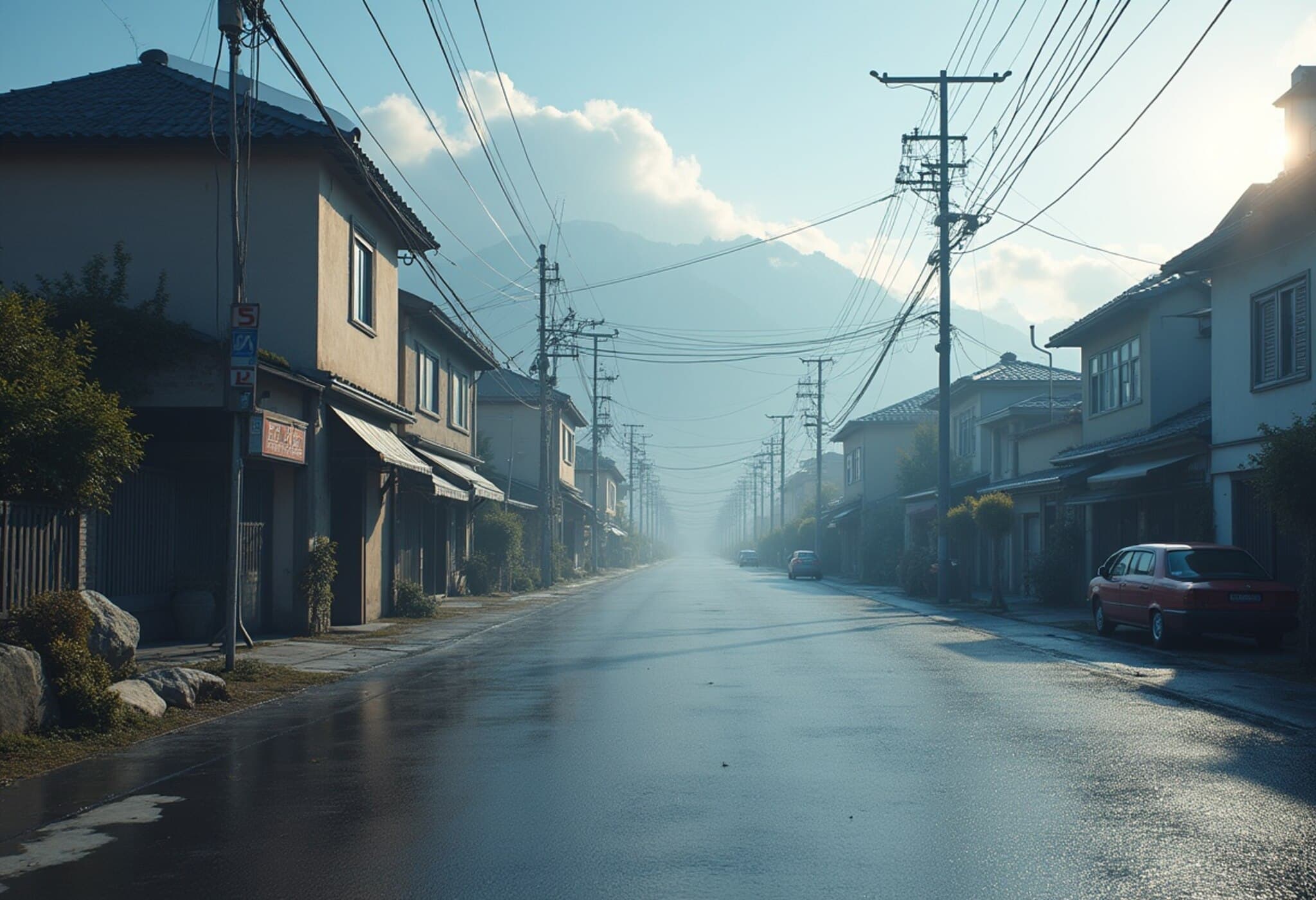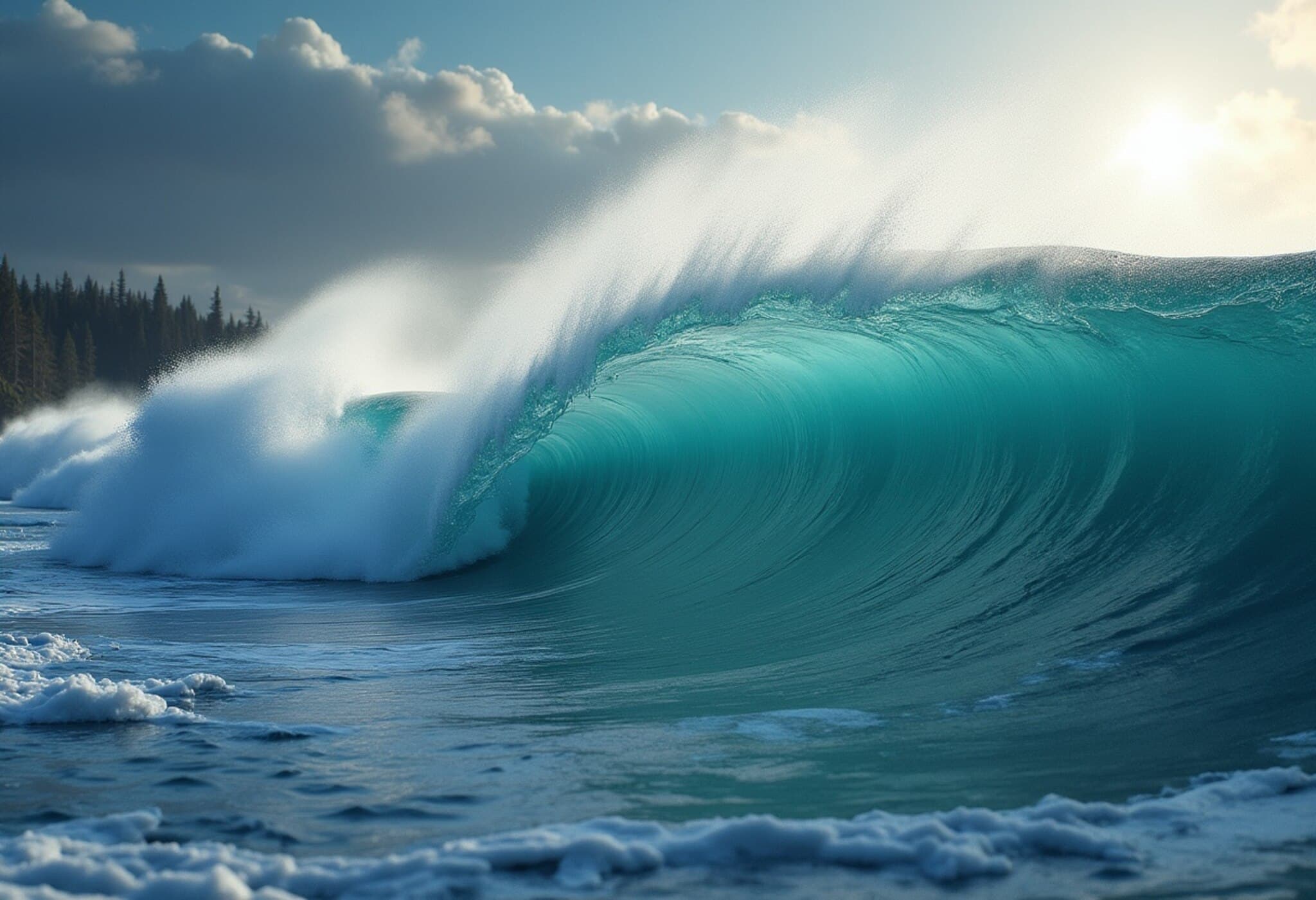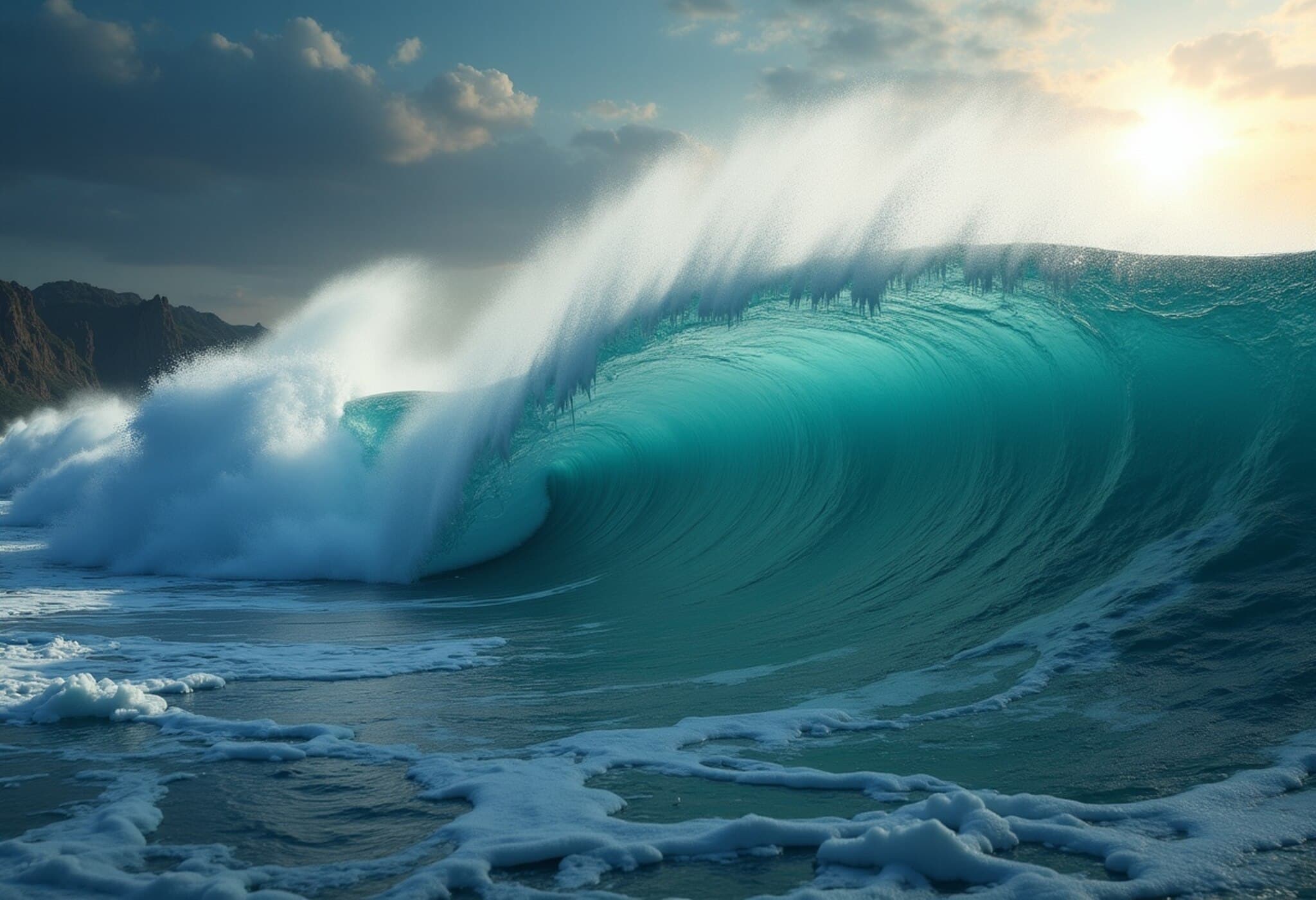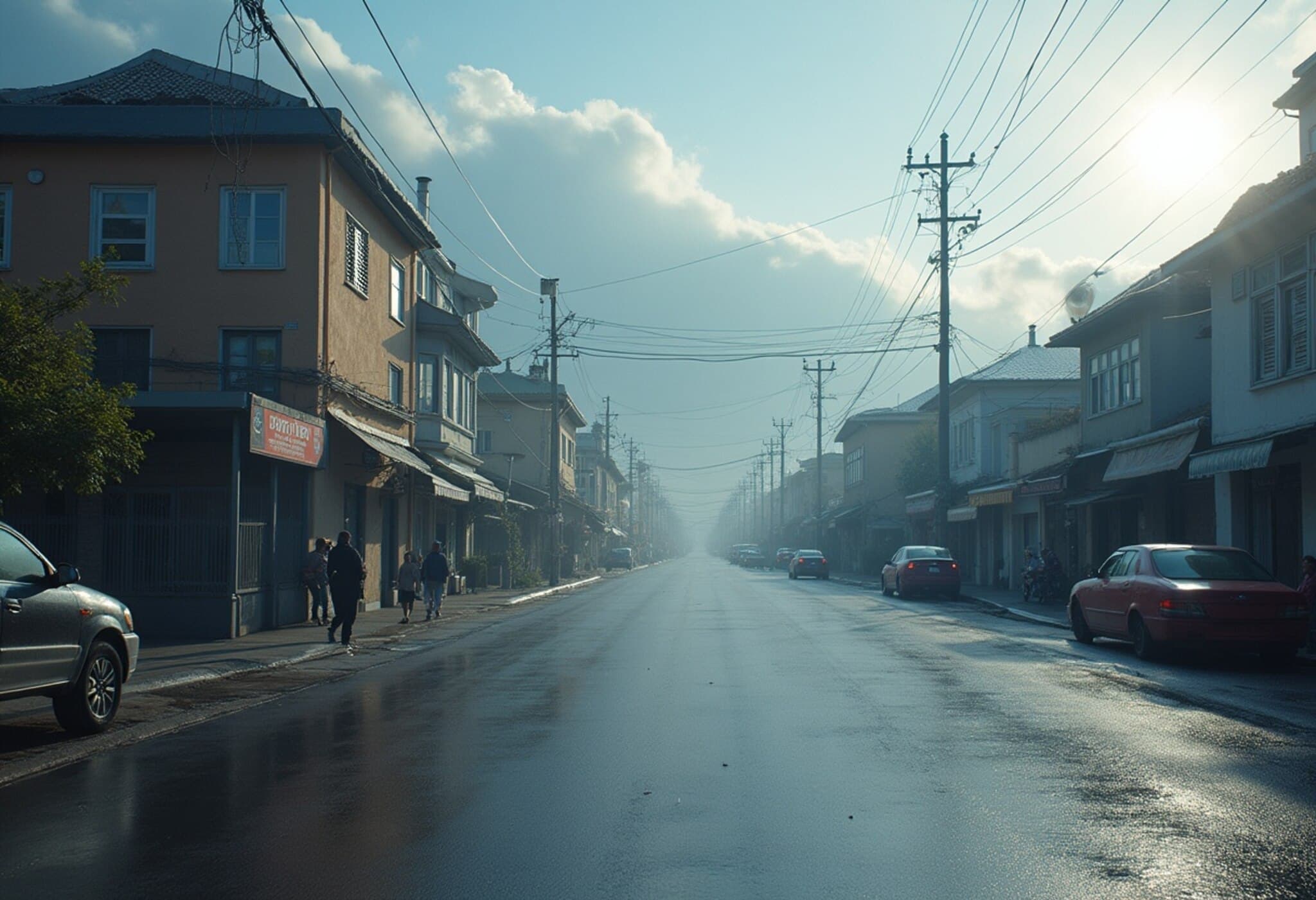The Looming Threat of Tsunamis Along the US Pacific Coast
When powerful natural forces converge unexpectedly, the results can be catastrophic. Recently, an 8.8 magnitude earthquake off Russia’s far eastern coast set off tsunami alerts stretching across the Pacific, including warnings for the United States coastline from Hawaii to California. As waves started reaching California's shores, authorities urged residents and visitors alike to stay clear of the water, underscoring the unpredictable and potentially devastating nature of tsunamis.
The US National Weather Service (NWS) in the San Francisco Bay Area issued a firm warning on social media: “This will NOT be a single wave. Do NOT try to go to the coast to take photos.” Such alerts serve as critical reminders of the raw power beneath our oceans and the need for vigilance.
A Historical Perspective: Lessons From Past Tsunamis
Though tsunamis are relatively rare events for the US, their impact can be immense and long-lasting. One of the most devastating incidents occurred in 1946, when a massive tsunami slammed Hawaii’s shores following an earthquake thousands of miles away in the Pacific Ocean. Towering waves up to 55 feet inundated the islands, particularly devastating the town of Hilo, which suffered 159 casualties and widespread destruction of its downtown district.
This tragic episode is not an isolated one. Since 1737, the United States has recorded 77 tsunami events, averaging roughly two destructive tsunamis per decade, predominantly affecting the Pacific coastline due to its unique geological setting.
Why the Pacific Coast and Alaska Face Elevated Risks
- Tectonic Activity: The US West Coast, particularly Southern Alaska and Hawaii, is situated along the Pacific “Ring of Fire” where tectonic plates constantly collide and slip, generating earthquakes that can trigger tsunamis.
- Volcanic Activity and Landslides: Underwater landslides and volcanic eruptions also contribute to tsunami formation. For instance, Alaska’s Augustine Volcano eruption in 1883 sent waves crashing outward, while a colossal volcanic landslide in Hawaii over 100,000 years ago caused one of the largest tsunamis in history.
- Glacial Melting and Future Risks: Scientists warn that global warming-induced glacial melting in Alaska could destabilize underwater sediment, possibly increasing tsunami risk in the decades to come.
Record-Breaking Waves and Their Impact
Alaska’s Lituya Bay is notorious in geologic records — in 1958, a 9.2-magnitude earthquake triggered a massive landslide, causing a record-breaking 1,700-foot tsunami wave. Although it struck a remote area sparing human lives, this event remains the tallest tsunami ever documented worldwide, highlighting the extreme forces nature can unleash.
Even in the continental US, tsunamis have proved deadly. The 1964 Great Alaska Earthquake, North America’s strongest on record, generated waves that shattered coastal defenses as far south as California. The port city of Crescent City witnessed 11 fatalities, revealing how tsunamis traverse vast distances and affect unsuspecting communities.
Why Even Smaller Tsunami Waves Demand Serious Attention
It’s important to understand that tsunamis aren’t always colossal walls of water. Waves under 10 feet have been known to create strong currents capable of destroying ports and damaging infrastructure, posing economic and safety risks to coastal cities. Conversely, waves exceeding 100 feet carry the power to obliterate entire towns, as history has painfully demonstrated.
Rapid Onset and Challenges for Warning Systems
Local tsunamis can hit shores within minutes after an underwater event, leaving scant time for evacuation or preparation. This rapid onset challenges emergency warning systems and underscores the importance of public awareness, preparedness drills, and robust communication networks—especially in vulnerable coastal communities.
Understanding the Human Element and Preparedness
Experts emphasize that while advanced science and monitoring improve warning lead times, the human factor remains critical. People’s responses and adherence to official advice can mean the difference between life and death. The tension between curiosity—such as those kite surfers photographed near the water during a tsunami advisory—and safety protocols reveals a persistent challenge for public safety officials.
Conclusion: Bridging Science, Policy, and Community Resilience
Tsunamis, while infrequent, represent a formidable hazard that demands continuous attention from policymakers, scientists, and communities alike. With climate change influencing geophysical conditions and increasing coastal populations, the stakes are higher than ever. Investing in early warning technologies, community education, and resilient infrastructure can mitigate future tragedies.
Editor’s Note:
As the United States continues to grapple with natural disasters, tsunamis highlight the intersection of geology, climate change, and public safety. Key questions remain: How can emergency alert systems adapt to provide even faster, more accurate warnings? What policies can better prepare vulnerable coastal populations without hindering daily life? And how might climate-driven changes increase the frequency or intensity of tsunamis in the Pacific basin? Reflecting on history and science offers a pathway to an informed response, but community engagement is essential to ensure lives are saved when nature’s fury strikes.

